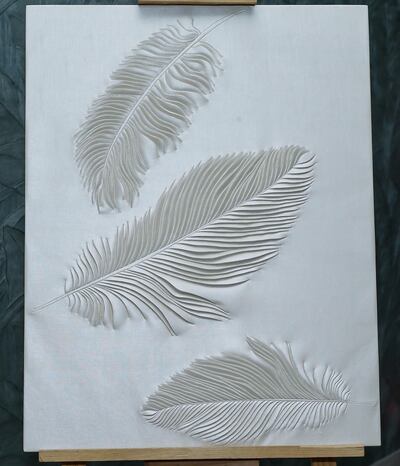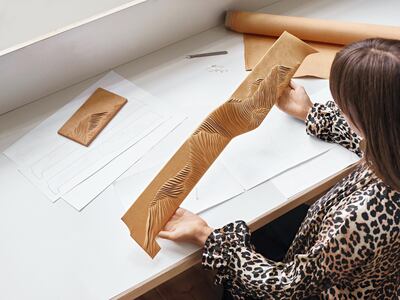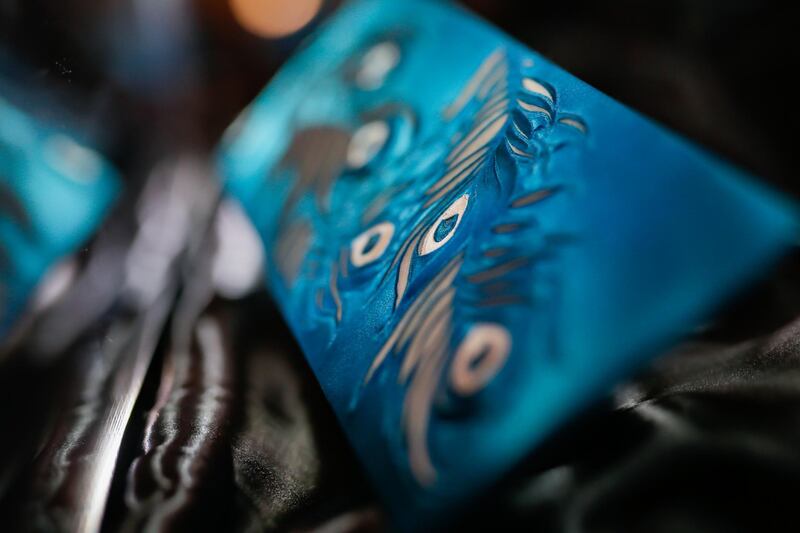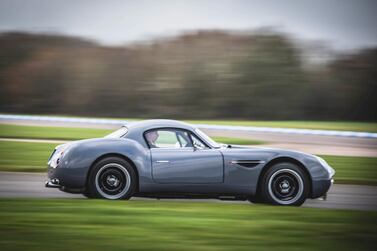Gadgets of all kinds are a standard fixture on even the most basic forms of motor transport these days, but far less common are vehicles containing something that might be termed a work of art. It's a concept Rolls-Royce is pioneering, though, and bespoke designs have become a key aspect of its new Phantom range.
As part of an ongoing bid to personalise its products, the renowned car manufacturer has collaborated with seven artists to come up with a number of unique compositions that are designed to sit behind a sheet of glass on each vehicle's dashboard – a space that the marque has termed The Gallery.
The idea is to curate and commission individual works and, in the process, give customers something a little more interesting than a speedometer and satnav screen on the inside of their cars. Clients can choose from a range of concepts that the artists have already formed, or become involved in creating their own individual works.

Michael Bryden, Rolls-Royce's lead designer, introduced the idea to aficionados of the brand in the Middle East at a suhoor in Abu Dhabi's cultural hub, Manarat Al Saadiyat, last month. "We wanted customers to be able to put their own fingerprint on their cars," he says. "We wanted a space to exhibit fantastic artworks and use materials that can never normally be used in an automotive context."
Design work started on the project around five years ago, and British artist Helen Amy Murray was one of the first creatives selected to take part. She joined Bryden at the suhoor, which had been organised by Abu Dhabi Motors, and showcased a series of her own unique designs, two of which were unveiled for the first time.

Murray's work sculpts textiles – mainly leather, suede and their synthetic counterparts – into three-dimensional decorative surfaces. The first of her new pieces is a bright blue canvas depicting a design resembling peacock feathers, while the second, likely to appeal to local clients, creates the impression of rolling sand dunes.
A key motivator for Murray was the source material for Rolls-Royce’s famous bonnet sculpture. “I was inspired by the ethereal quality of the illustrations of The Spirit of Ecstasy by Charles Sykes,” she says.
Murray, who works from a studio in east London, has been involved in producing hand-sculpted works of art for use in interior settings. This is one reason Bryden and the rest of the design team felt she would be a good fit for the project. “Customers may already know Helen from works on their super-yacht or private plane,” he says.
To this end, the size of the artworks Murray has produced so far for The Gallery has been a challenge, as her previous work was geared for display on walls, rather than dashboards.
“I had to put my mindset on an entirely different scale,” she says. “A lot of my work now is minute in comparison.”
Bryden sees the project as the latest in a long line of innovative design by Rolls-Royce, and is not blasé about what the team needs to achieve. "Everything has to be perfect," he says. "We have a reputation and a history and we need to make sure we preserve that."








